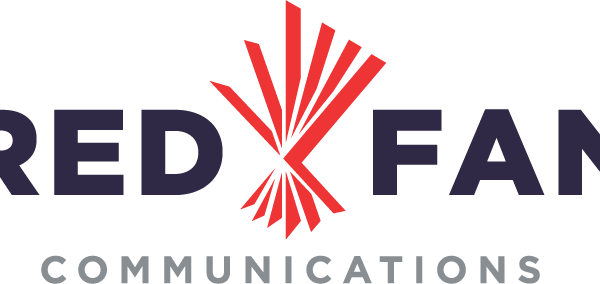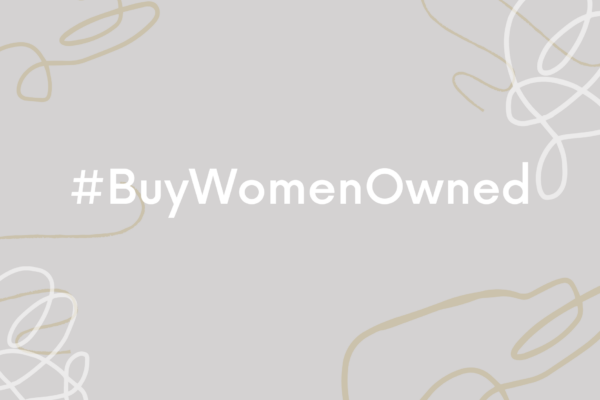What do Baby Yoda, Jennifer Aniston and microinvesting have in common? I’m so glad you asked.
They’re all a direct result of unbundling.
Hear me out. Unless you’ve been living on a backwater planet like Sorgan for the last year, you’ve probably heard that just about every major network and media conglomerate is launching its own streaming service. Apple just launched Apple TV Plus. Disney struck gold with Disney+, releasing the best Star Wars IP in “The Mandalorian” since it bought Lucasfilm Ltd. for $4 billion in 2012. It also perfectly captured millennial nostalgia with its collection of Pixar waterworks films and Disney Channel Original Movies like “Brink!” and “Zenon: Girl of the 21st Century.”

Meanwhile, Amazon is investing more than $1 billion into a “The Lord of the Rings” television series, while NBC recently announced the launch of Peacock. AT&T’s Warner Media and HBO will debut 10,000 hours of content with HBO Max—complete with every season of “Friends” and, according to some, a potential reunion.
In just a few months, we’ll be looking at a streaming market with half a dozen or more separate services. Netflix—which once held a virtual monopoly on video streaming—is being cannibalized by its own success. Netflix’s content costs are surging, ballooning to $12 billion in 2018, in its attempts to produce compelling, original TV series like “The Witcher” and movies like Martin Scorcese’s “The Irishman” in lieu of the content already being pulled from the platform. When combined with slowing subscriber growth, it’s easy to explain its declining stock price and the various doom-and-gloom articles predicting its ultimate demise. As of this writing, Netflix’s stock is down nearly 14 percent from its 52-week high of $385.03 in May 2019.
The most important contributor, of course, is increased competition from new market entrants. It’s all remarkably similar to the increasingly crowded financial services and technology market. The financial crisis and the rise of digital banking technology in the early 2010s created a new paradigm in financial services. Global fintech investment eclipsed $111 billion in 2018 alone, according to HousingWire, as venture capital firms, big banks and tech giants like Facebook and Amazon all wanted a piece of the action.
All of this has led to the great “unbundling of financial services.” Fintech platforms were and continue to be ruthlessly effective at picking apart individual services that were the exclusive domain of chartered financial institutions for centuries. PayPal and Venmo pioneered digital P2P payments. Acorns democratized microinvesting. LendingClub is leading the way in crowdfunded peer-to-peer lending. Qapital became the go-to source for goal-based savings.
So…yeah…you can see the similarities.
The unbundling of both content streaming and financial services arose from clear market opportunity on the provider side, but do customers really want five different streaming services and 10 different apps to manage deposits, savings, credit cards and loans?
Speaking as one myself, I think the answer is a resounding “no.”
In my personal streaming portfolio (sounds classy, doesn’t it?) are Netflix, Prime Video and Disney+, and I simply can’t see myself ponying up another $10 a month each for Peacock and HBO Max. The value of the content they bring doesn’t outweigh the cost. That’s a personal opinion, but it wouldn’t surprise me if NBC’s and HBO’s iterations on video streaming fizzle out, given they’re the latest arrivals to the party.
There’s a bit of nuance here in that people need financial services but want content. I think it’s fair to assume that folks are slightly more inclined to manage their money across a broader collection of fintechs and financial institutions—especially when provided incentives through better interest rates or credit card rewards—than they would be to sign up for six different streaming services. It all comes down to value delivery across both industries. I keep Netflix for “The Witcher,” being the fantasy nerd that I am, along with Disney+ for “The Mandalorian,” being the sci-fi nerd that I am (there’s a lot of nuance there, too). A few of my colleagues, however, might be more inclined to pick up HBO Max and Peacock for “Friends” and “The Office.” To each his or her own.
Looking ahead to the futures of these industries, we’ll see the inverse process unfolding across both: that is, the rebundling phase. We’re already witnessing the infancy of the rebundling of core financial services. DX Journal provides a few noteworthy examples: SoFi now offers mortgage, wealth management and insurance. Square now offers lending services. Robinhood now uses cryptocurrency in trading. The winners will be the ones that can deepen customer relationships with convenient experiences and service, best-in-class technology, personalized analytics and numerous core offerings.
On the streaming side, the radical shift from near-monopoly to market saturation means that at least a few of these newly or soon-to-be-launched services will fail. People won’t adopt every service offered to them. I expect they’ll pay for two or three at most. The winners will be the ones with the most engaging content for the right price. This could be a real kicker for a player like Netflix—which has steadily increased prices to compensate for shrinking net-new subscriptions and to pay back the billions of dollars of debt it’s taken out to create original content. For others, like Disney+, which launched at $7.99 a month and can be bundled with Hulu and ESPN+ at a price still less than the average Netflix subscription, the value seems well worth the price.






